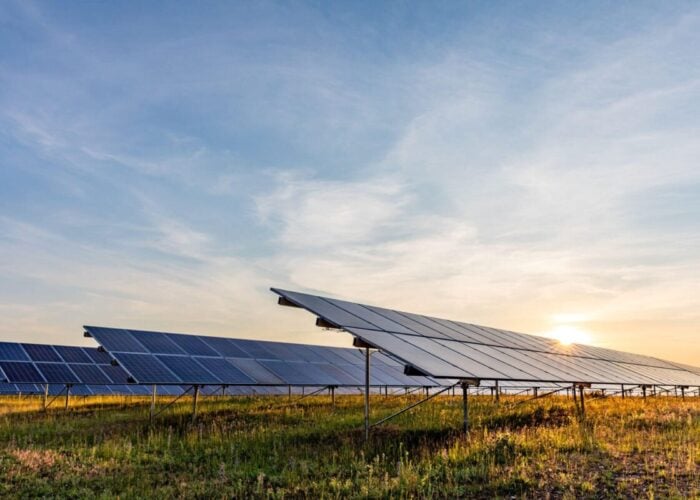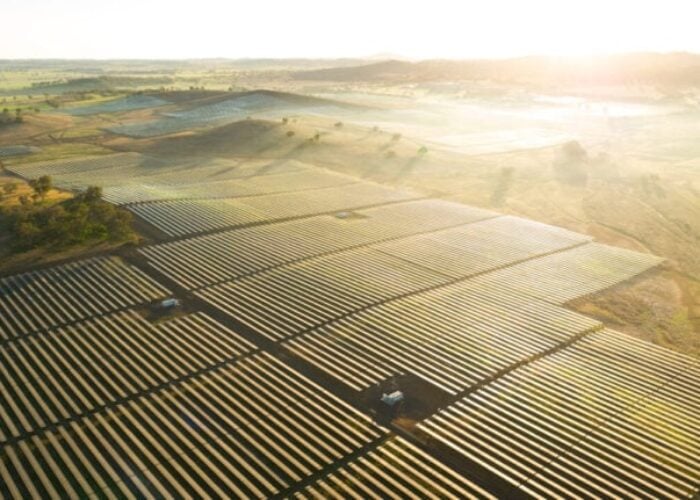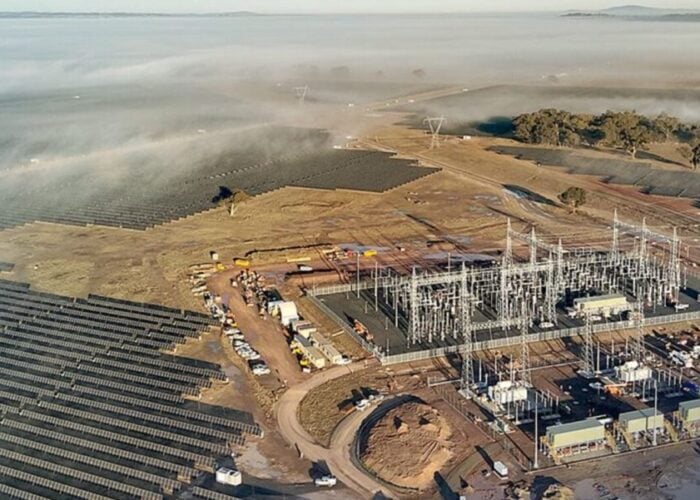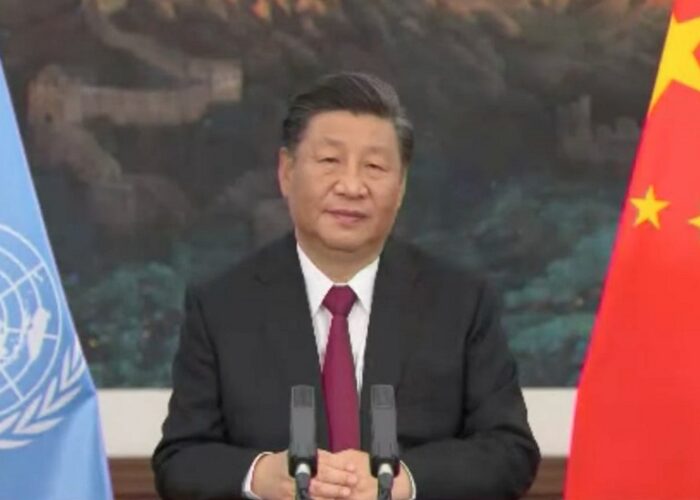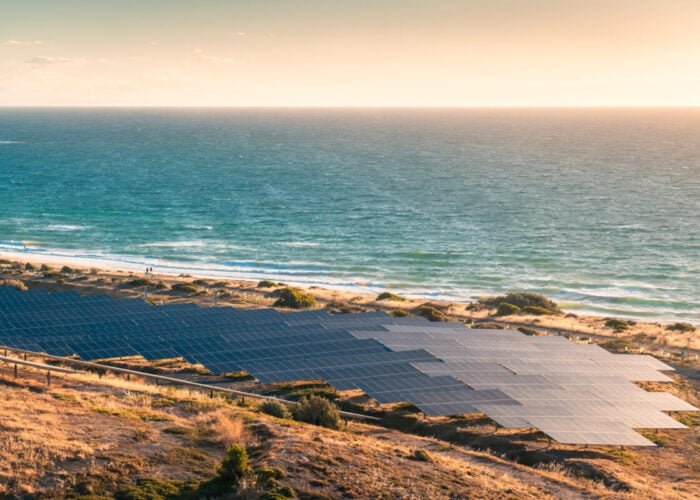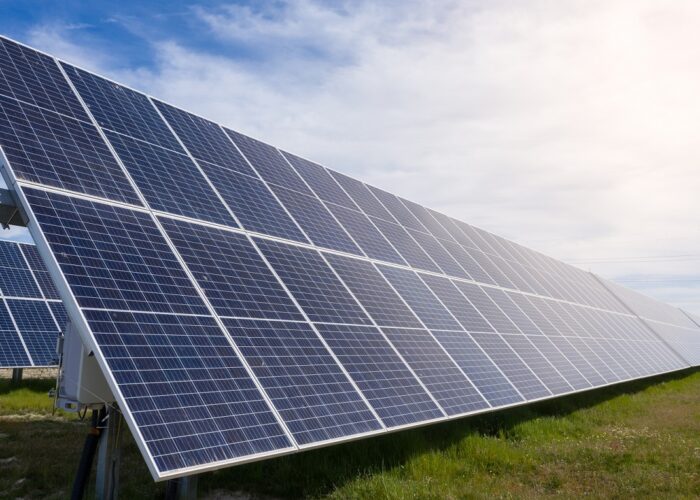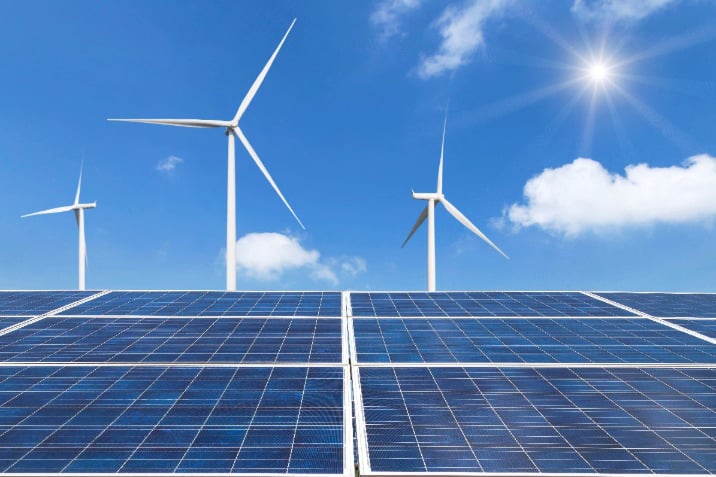
Norwegian energy giant Statkraft has released a report that urges greater action on decarbonisation to meet climate targets, puts renewables at the centre of any strategy and places huge importance on the role of green hydrogen.
Last year saw record solar and wind deployment but the pace of this needs to more than double every year to 2050 to limit global warming to two degrees, said the report, which is “used as the foundation for Statkraft’s future investments”.
Try Premium for just $1
- Full premium access for the first month at only $1
- Converts to an annual rate after 30 days unless cancelled
- Cancel anytime during the trial period
Premium Benefits
- Expert industry analysis and interviews
- Digital access to PV Tech Power journal
- Exclusive event discounts
Or get the full Premium subscription right away
Or continue reading this article for free
The company’s Low Emission Scenario, published yesterday (21 October), said: “Stopping global warming at 1.5 degrees, however, will require a substantial increase in both political ambitions and pace of global action.”
But it also makes a strong financial case that puts renewables at the centre of any strategy. The scenario highlighted how renewable energy is the cheapest form of new power in most parts of the world, with one euro invested in solar today returning four times more than ten years ago.
Moreover, solar power capacity will grow by a factor of 21 between today and 2050, the report said, with it and wind collectively supplying 66% of global power.
Green hydrogen’s role in decarbonising world economies by 2050 is crucial and significant, said the report. “About 10% (9.6%) of global power demand will come from green hydrogen production in 2050 and more than 20% for Europe in the Low Emissions Scenario,” it said.
The cost of electrolysers has fallen 60% over the last five years and Statkraft expects this to fall an additional 60% before 2050. “Falling costs of renewable energy and electrolysers will make an increasingly attractive business case for green hydrogen,” it said.

